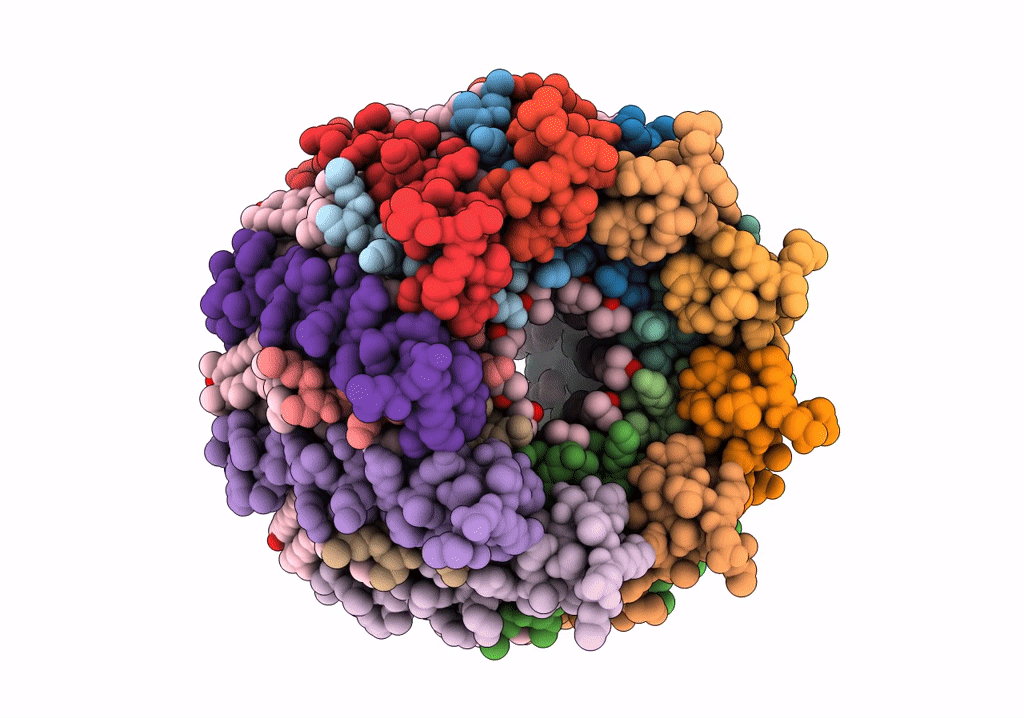
Deposition Date
2021-08-02
Release Date
2021-11-24
Last Version Date
2024-11-20
Entry Detail
PDB ID:
7PBW
Keywords:
Title:
Cryo-EM structure of light harvesting complex 2 from Rba. sphaeroides.
Biological Source:
Source Organism:
Cereibacter sphaeroides 2.4.1 (Taxon ID: 272943)
Method Details:
Experimental Method:
Resolution:
2.10 Å
Aggregation State:
PARTICLE
Reconstruction Method:
SINGLE PARTICLE


